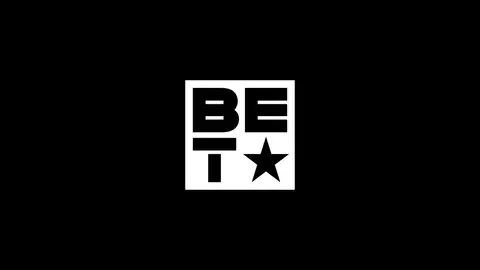Five Must-Dos for Training an Infrastructure of Black HIV Experts

The Obama administration's National HIV/AIDS Strategy (NHAS) states that to properly care for the thousands of HIV-positive Americans who are expected to be introduced into the system, the U.S. must create a pipeline of culturally competent HIV-care providers — doctors, nurses, physician's assistants and other practitioners — that does not currently exist. More Black HIV specialists are also needed in fields ranging from scientific research to mental health, although the NHAS does not specifically address this reality.
While some 500,000 African-Americans already live with HIV/AIDS, and almost half of the more than 56,000 new HIV infections each year in the U.S. occur among Blacks, barely 2 percent of the nation's medical doctors are Black — with just a handful specializing in HIV treatment.
Filling the pipeline is critical to ending the epidemic in Black America: A sizable portion of the roughly 100,000 Black folks not receiving HIV care live deep within the Black community and are unlikely to seek care from white doctors. Religious and cultural differences can undermine care, as well as language and ethnic barriers faced by Blacks from the Caribbean and parts of Africa.
There are numerous reasons for the shortfall in Black HIV-care providers; the following five strategies would address some of the most critical factors:
1. The federal, state and local governments must improve public education. Black children are disproportionately educated in failing school systems; consequently, too few receive the high-quality math and science preparation that is required to pursue careers in the sciences. Government and policy interventions are needed to level the playing field.
2. College and graduate school, including med school, must be made affordable for students of color. Although record numbers of Black students now go to college, only 43 percent obtain their undergraduate degree; almost 70 percent (pdf) of withdrawals occur because of high student-loan debt. The cost of graduate education is increasing, with the average medical-school grad accumulating more than $155,000 in debt. While new financial-aid policies and initiatives will help, state and federal governments, academic institutions and trade associations must develop new strategies to help fund the costs, particularly for medical school. "I had to work full time during my graduate studies program," says Lisa Bowleg, Ph.D., an associate professor at Drexel University's department of community health and prevention who has been doing HIV research for 20 years. Unlike some of her white peers, "I had to go to classes in evenings and then come back to work," she says.
3. The few existing Black HIV doctors must find ways to mentor new professionals. There just aren't enough Black HIV experts to assist inexperienced doctors through the complexities of HIV/AIDS. "Most Black doctors don't have the time or the freedom to mentor like they'd like to," says Wilbert Jordan, M.D., medical director of the OASIS Clinic in Compton, Calif., who mentors three doctors. "Their practices [tend to be disproportionately] made up of [lower-paying] Medicare or Medicaid patients. They don't have the time to take off for training seminars and conferences because time is money." But HIV/AIDS patients often present complicated cases, and treating the virus requires constant re-education. The federal government, medical organizations, pharmaceutical companies and other public and private entities should step up to provide support.
4. Black people, health professionals included, must overcome HIV/AIDS stigma and prejudice. Even among health-care practitioners, myths prevail, and "there are still a lot of people fearful of folks with HIV," says Goulda Downer, Ph.D., R.D., director and principal investigator for the National Minority AIDS Education and Training Center at Howard University, who has helped provide cultural-relevance training to more than 43,000 clinicians and providers over the past 10 years. "This is even among so-called educated people," she adds. "I knew a doctor who would not accept cookies from an HIV-positive patient. She said, 'I don't want them — I'm pregnant.' And these are the people who are supposed to protect and care for us."
5. The Black community must rally to take care of its own. Stigma regarding HIV and concerns about being ostracized keep more Black people from fighting against HIV/AIDS. "We need more Black people to get involved," says Dr. Jordan. "The reason so many gay white doctors got involved with HIV when it first emerged in the 1980s was because it was largely seen as a gay disease. ... Many of our politicians won't touch the topic, we're afraid to talk about it in our colleges and universities, and we don't have enough Black folks speaking up on behalf of Black people with HIV — even though the problem is on our doorstep," he adds. "No one can do for us what we aren't willing to do for ourselves."
For more information on HIV, AIDS and World AIDS Day, please visit BET.com and blackaids.org.
BET Health News — We go beyond the music and entertainment world to bring you important medical information and health-related tips of special relevance to Blacks in the U.S. and around the world.
(Photo: Joe Raedle/GettyImages)





